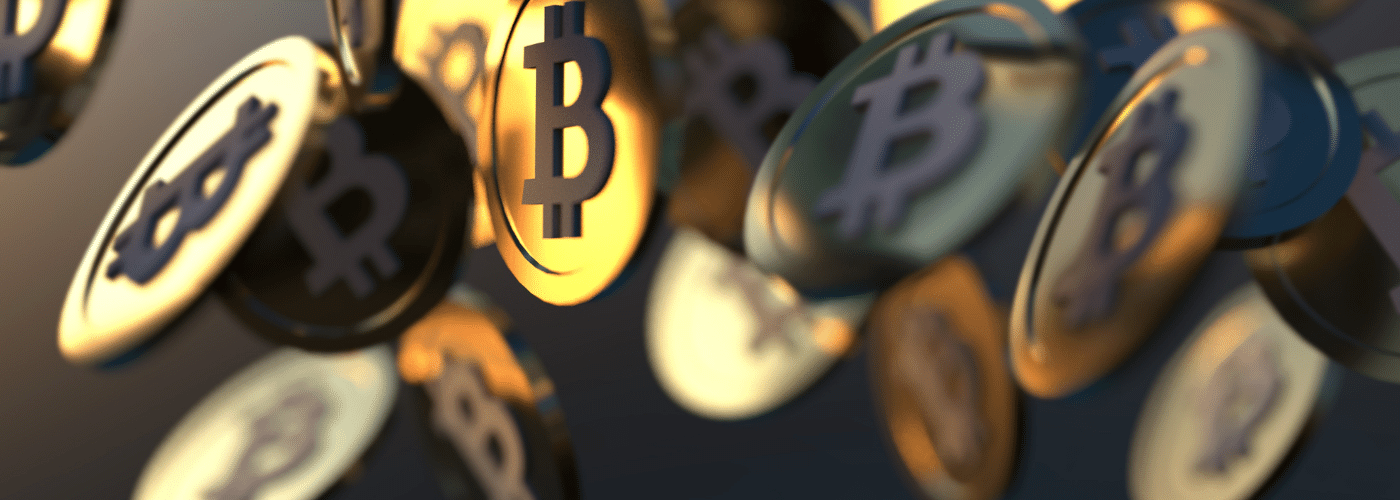“There is no way,” my childhood friend insisted, “that you’re earning 8.6% a year on a savings account.”
That’s the way it goes with cryptocurrency—no one wants to believe you. So many have been so swayed by so much misinformation and misunderstanding from all manner of commentators that, at this point, they simply don’t trust the crypto market and, so, better to just avoid it altogether.
At the core of my being, I think that’s a life-changing mistake.
To that end, I’ll be bringing you a cover story on bitcoin in the February issue of The Savvy Retiree—the basics you need to know to understand and confidently own bitcoin for a future that’s already unfolding.
Today, however, I want to share with you how I really am earning 8.6% a year (and much more in some cases) with the crypto I own. I’m not sharing this as recommendations on what you should do or the firms you should work with; everyone has their own risk tolerance and some of this is certainly risky. Instead, I’m sharing because I want you to understand how crypto is changing the financial world irreversibly, and so that you can see the spectrum of crypto-earning opportunities that exist at a moment in time when holding onto traditional U.S. dollars is not getting any of us anywhere.
Let’s start at a firm called BlockFi. It’s an online lender, similar in some ways to, say, online banks or mortgage lenders. BlockFi takes in deposits—in the form of eight different crypto coins—from people like me, and then lends that money to over-collateralized borrowers. BlockFi earns a rate of return from those borrowers and shares some of that with me. I’ve put up US Dollar Coins (a stable crypto that simply tracks the greenback) and I am earning a fixed 8.6% a year as my part of the bargain.
The best part: I’ve chosen to collect my interest payments in bitcoin. As such, I’m using stable coins that fluctuate in value by a penny or two to earn bitcoin. To me, it’s a savvy way to dollar-cost average into a highly volatile asset without putting the principal at any real risk. If bitcoin reaches prices that I think are likely, then my 8.6% return is going to look puny as my interest payments are worth 10x to 30x their current value.
I’m pursuing a similar strategy at another crypto-lender called Nexo, where I’m collecting 5% on a token known as Chainlink, which is already shaping up as one of the most important building blocks in connecting analog data to digital finance. (Think about a real estate transaction in which everything happens online, guaranteed and secure, and you never again need a mortgage banker, a real estate agent, a title company, or an escrow agent. That, and much more, is what Chainlink will bring us.)
Moving on: At a firm called Crypto.com, I am “staking” several coins (Ethereum, bitcoin, VeChain, and US Dollar Coin). This is basically like moving money from a bank checking account to a certificate of deposit, though the value of non-stable coins like Ethereum, bitcoin, and such will fluctuate in value.
I’ve locked in most of my coins for three months (US Dollar Coin I’ve left open-ended, or “flexible” so I can grab it when necessary for buying opportunities). In return, I’m collecting interest payments of between 2.5% and 6% annually. All are paid in the same token as I’ve locked up. So, Ethereum is earning Ethereum, bitcoin is earning bitcoin, etc. The benefit is that as those coins rise in value, the value of my interest payments ratchets ever-higher.
In another corner of the crypto-sphere, I’m creating liquidity for others who want to trade between two specific coins. In my case, I’m creating liquidity between Ethereum and a token called AllianceBlock, a crypto asset that has real-world applications bridging traditional finance and the decentralized financial world shaping up online.
In simple terms, I’ve deposited at AllianceBlock’s own website an equal amount of Ethereum and AllianceBlock tokens. That allows others to trade back and forth between those two coins as necessary. In essence, then, I’m serving as the bank, or in Wall Street parlance I’m the “market maker,” the guy in the middle ensuring that trades can occur. For that, I get paid. In this particular instance, I’m earning a rate of return that exceeds 100% annually, paid to me in additional AllianceBlock tokens (which, in the few months I’ve owned them, have already doubled in price, meaning that not only am I earning the 100% yield, the value of my original tokens has also risen 100% separately). Many other tokens offer the same opportunity.
To be sure, some of this is definitely for those who have a stomach made of steel, which is why I repeat that none of this is a recommendation. Just the other day, by way of a great example, bitcoin and Ethereum plunged by more than 20% before returning to an upward trajectory. Such movement is not uncommon, and not everyone is made for that degree of whipsaw. To me, it’s just part of the pothole-strewn highway toward a future in which both of those assets are going to reach prices that, if I wrote the number, you’d think I’d lost touch with lucidity.
Then again, some of what I do—staking and lending US Dollar Coin—is basically no more risky than owning a CD, since the coin is built to maintain a price that fluctuates on either side of $1.
I do all of this because I want to spread numerous crypto assets across many different styles of earning income, and by way of many different firms and types of crypto-services. It’s all part of a broad diversification strategy as crypto and crypto-finance finds its sea-legs.
It’s all part of the future we’re quickly moving toward.

